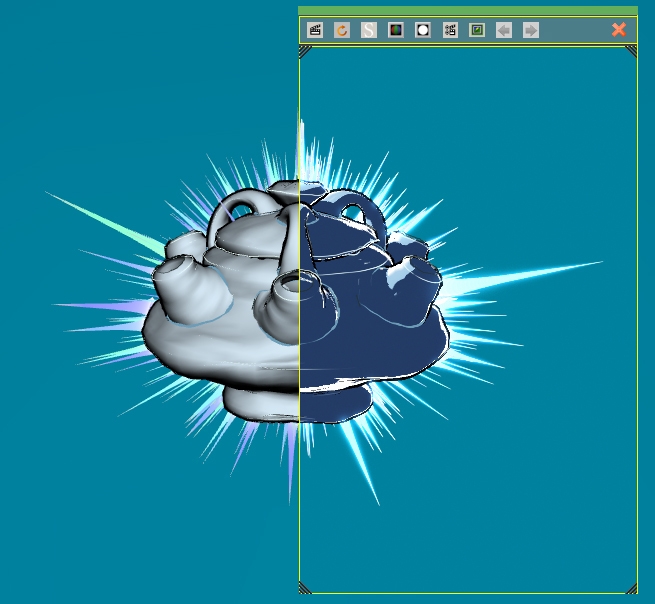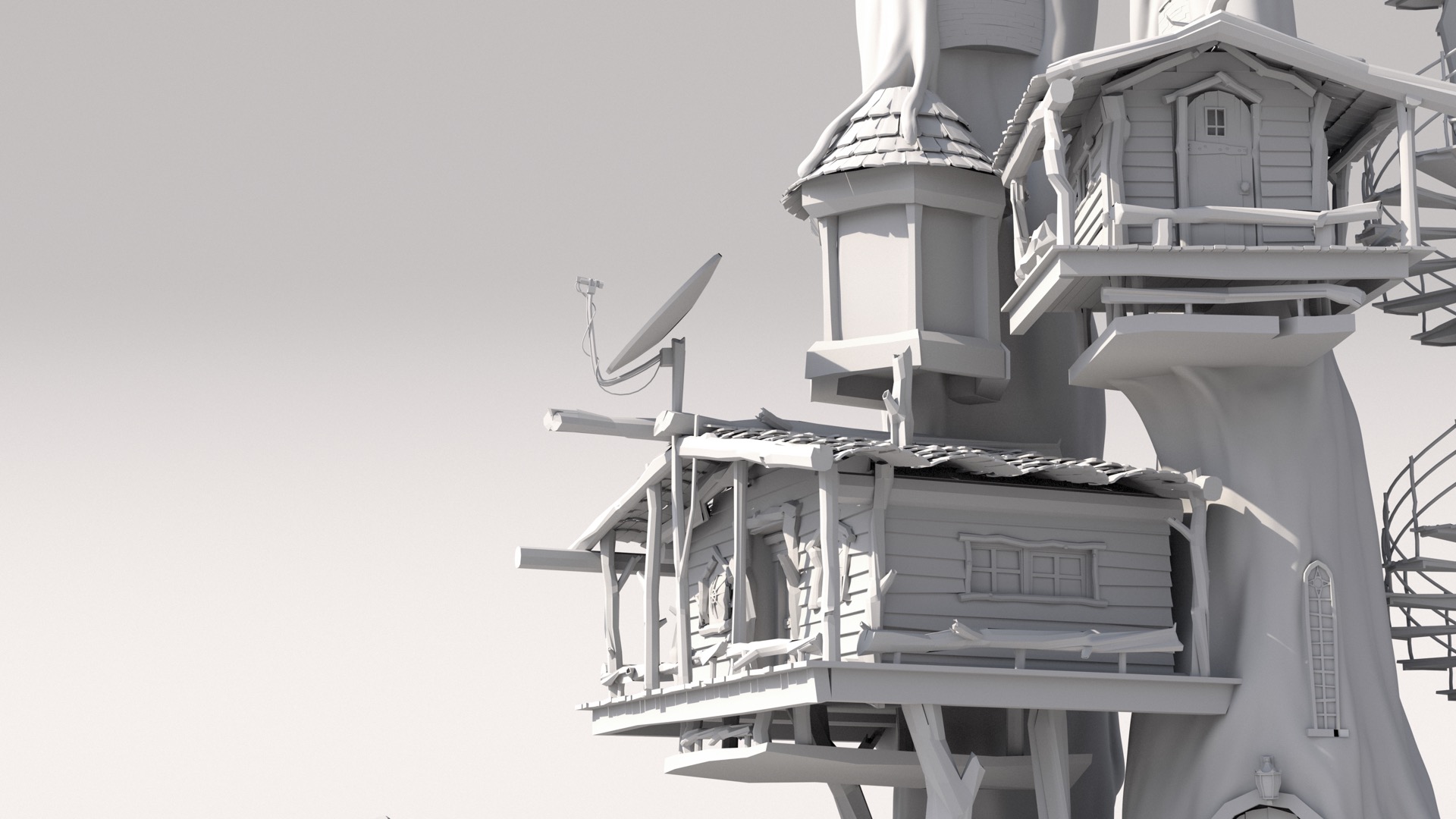
It’ll endup being flicker in render sequence. However if the object has bump/displacement, it’ll actually change the detail of its geometry. In normal scenario, further or blur render eg motion blur and DoF since the output is blurred, renderman will increase the shading rate for those area to speed renders up. – motion factor: will force renderman to stick to its shading rate. – Filter: use separable-catmull-rom will have a great impact for depth of field. – Pixel Samples: the higher the number will put in more sampling inside, However it will get grainy all together for a blur effects like depth of field. The lower the shading rate its going to cover a broader area of the bump. Render option -> quality -> shading rate. under extra renderman attribute -> check linearize sRGBĪnti-Aliasing shading rate: the lower the shading rate the sharper the edges (higher division under the pixel). go to each image node attribute page -> attribute -> add texture controlĢ. RIS Linear: Need to add attribute to the input RGB textures inorder for it to take it correctlyġ. (only if maya render view its used) render option -> passes -> output pass -> the 2nd exposure value -> switch to 2.2 (leave it to 1.0 if “it” is set to default display) renderman -> render -> preview style -> display -> switch it to “It”Ģ. The renderman “It” will added it itself.ġ. Linear: Only if the preview style is using classic maya render view. RenderMan -> render -> increase rendering thread to 8 according to CPU power
#Maya renderman it camera render full
Rendering Threads: will use the full power of the hardware to render stuff faster. Render Option -> Advanced -> statistics -> point the statistic xml file to a location -> the file may view in web browsers

Statistics XML File: output an xml file of all the render data PxrRoundCute resultMulti > PxrMultiTexture Multi Manifold



 0 kommentar(er)
0 kommentar(er)
